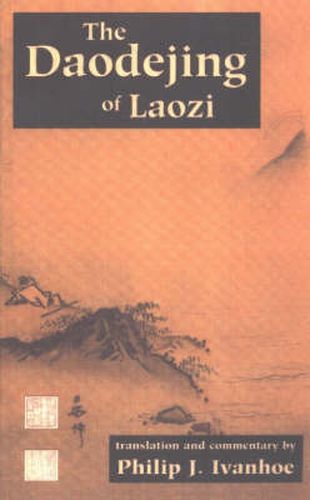Readings Newsletter
Become a Readings Member to make your shopping experience even easier.
Sign in or sign up for free!
You’re not far away from qualifying for FREE standard shipping within Australia
You’ve qualified for FREE standard shipping within Australia
The cart is loading…






A Daoist classic that has had a profound influence on Chinese thought, the Laozi or Daodejing, evolved into its present form sometime around the third century BCE and continues to enjoy great popularity throughout East Asia and beyond. Philip J Ivanhoe’s lucid and philosophically-minded interpretation and commentary offer fresh insights into this classic work. In the substantial introduction and numerous notes, Ivanhoe draws attention to the issues at play in the text, often relating them to contemporary philosophical discussions and directing the reader to related passages within the Daodejing and to other works of the period. The Language Appendix, unique to this edition, offers eight translations of the opening passage by well-known and influential scholars and explains, line-by-line, how each might have reached his particular interpretation.
$9.00 standard shipping within Australia
FREE standard shipping within Australia for orders over $100.00
Express & International shipping calculated at checkout
A Daoist classic that has had a profound influence on Chinese thought, the Laozi or Daodejing, evolved into its present form sometime around the third century BCE and continues to enjoy great popularity throughout East Asia and beyond. Philip J Ivanhoe’s lucid and philosophically-minded interpretation and commentary offer fresh insights into this classic work. In the substantial introduction and numerous notes, Ivanhoe draws attention to the issues at play in the text, often relating them to contemporary philosophical discussions and directing the reader to related passages within the Daodejing and to other works of the period. The Language Appendix, unique to this edition, offers eight translations of the opening passage by well-known and influential scholars and explains, line-by-line, how each might have reached his particular interpretation.